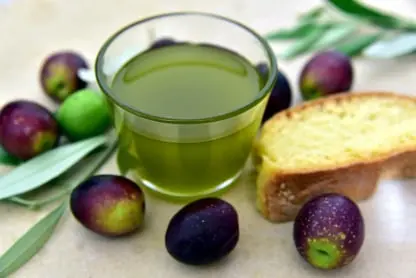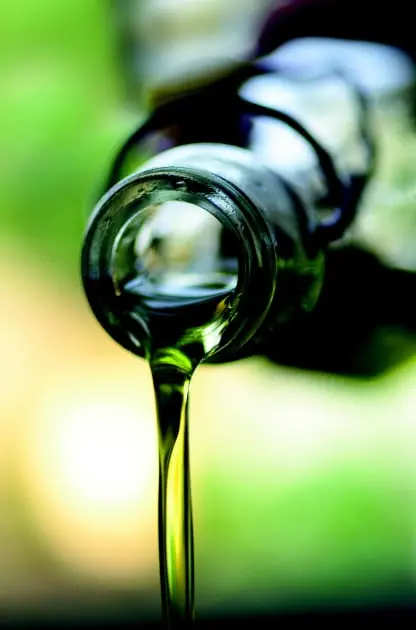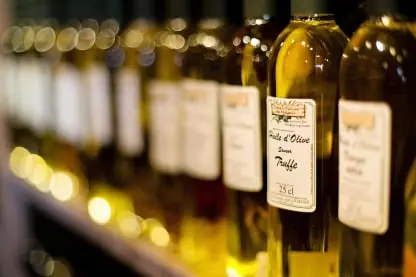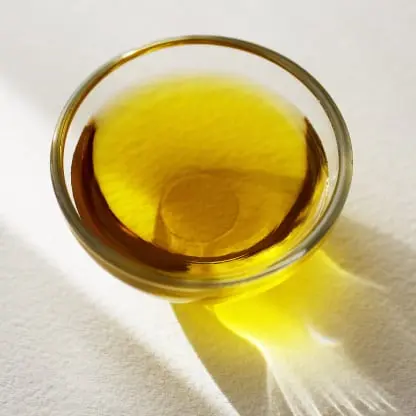Olive quality inspection app
Olive oil quality inspection app and quality control: maintain maximum olive oil quality both before pressing and after, consistent olive oil testing and quality maintenance

Olive oil Supplier quality inspection & management
The technological advances in fats and oils analysis have been accompanied by a growing awareness of the need for ever more effective control of the quality, purity and authenticity of the olive oils that are sold, especially on new olive oil consumer countries. This moved the IOC to invite olive oil chemistry experts from its member countries to collaborate in searching for new more accurate and reliable methods, particularly to detect fraud, based on technical advances and new scientific data and research.
Since 1988, the chemists have been meeting twice a year. Their work has led to the adoption by the IOC of olive oil-specific methods to detect seed oils, desterolised seed oils, olive-pomace oil or traces of halogenated solvents, among others.
COLLECTION OF IOC TRADE STANDARDS, METHODS FOR CHEMICAL ANALYSIS OF OLIVE OILS AND OLIVE-POMACE OILS AND GUIDES
The latest version for each standard, method and best practice guide is reported in this section, together with the corresponding decision. Their previous versions are also reported below each document, for historical information about the changes made over time.

Olive oil Quality inspections during production
View App Specifications.
Olive oil quality and authenticity: A review of current EU legislation, standards, relevant methods of analyses, their drawbacks and recommendations for the future.
The physical, chemical and organoleptic characteristics of olive oil (OO) are regulated by the European Union (EU) by Reg. (EEC) 2568/91 as amended, which also establishes methods for their analysis.
Despite the fact that the OO sector is highly regulated, it is acknowledged that there are still problems; fats and oils, including OOs, are ranked third, after meat and meat products and fish and fish products, in the 2016 EU Food Fraud report on non-compliances per product category.
For this reason, EU legislation, among the most advanced in the field, continuously chases after the emerging frauds. The process of proposing new methods or reviewing those current is constantly in progress, to ensure the robustness and the clarity required by official standardised procedures. This review will identify current gaps in EU legislation and discuss drawbacks of existing analytical methods with respect to OO. Suggestions for replacement of specific steps within the present EU methods with more efficient analytical solutions to reduce time and/or solvent consumption will be proposed. This review critiques existing regulatory methods and standards, highlights weaknesses and proposes possible solutions to safeguard the consumer and protect the OO market.

Olive oil Quality control & management
Olive oil is one of the best known vegetable oils and has been produced and used in many ways since ancient times. In the European Union, there are 3 regulations that set the legal framework for marketing, labeling and prescribed characteristics for olive oil in the food sector. In addition, there are other specifications, such as the monographs for virgin and refined olive oil in the European Pharmacopoeia and application-specific specifications. In addition, there are regular controls by food monitoring, tests by consumer organizations and awards.
Depending on the intended purpose, the requirements for an olive oil can be very different:
In cosmetic applications, for example, a light color and neutral odor may be desired, so a refined oil would be preferred in this case.
For pharmaceutical applications, analytical compliance with a pharmacopoeia monograph is often required.
For the use as edible oil, the sensory quality is often focused. In accordance with EU regulations, this is assessed by a trained group of experts, known as panel. For this purpose, the oil is tasted by at least 8 examiners and the results are statistically evaluated. The oil is then classified in one of the 3 categories "extra virgin", "virgin" and "lampante".

Daily Olive oil factory hygiene checklist
The taste of an olive oil can be very different. From intense green/grassy to green apple/almond to ripe fruit aromas can occur. Faulty notes (rancid, fermented, musty, ...) should not occur in an extra virgin olive oil. In addition to fruitiness, olive oil is also bitter and spicy. These two sensory impressions are positive characteristics of the oil and not defects. Depending on the origin, variety, harvest time and processing, there are different degrees of fruitiness, bitterness and spiciness, but they are always present.
How to recognize a sensory good olive oil?
In general, all olive oils of the "extra virgin" category in the EU should comply with the above-mentioned regulations and have no sensory defects. The quality of the oil depends, among other things, on an early harvest date and rapid processing in a modern oil mill, which results in a correspondingly higher price. In addition, the oil should always be stored in a cool place and protected from light.
Finally, however, the customer himself has to decide whether the purchased oil meets his expectations by tasting the oil, preferably pure and at a temperature of approx. 28 °C. If then in nose and palate diverse aromas of grass, tomato or almond together with bitterness and a pleasant pungency form a harmonious whole, it is certainly a very good olive oil.